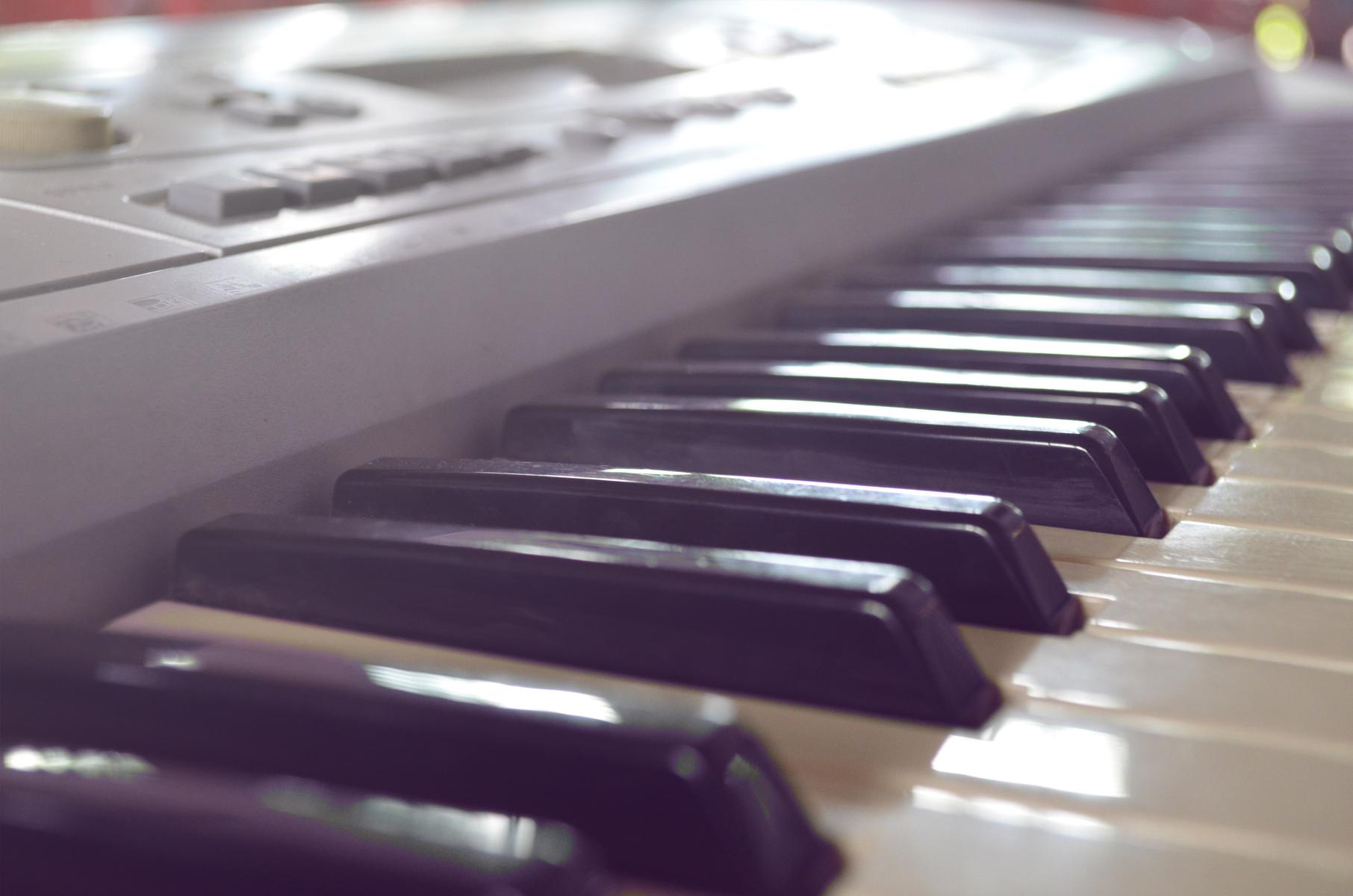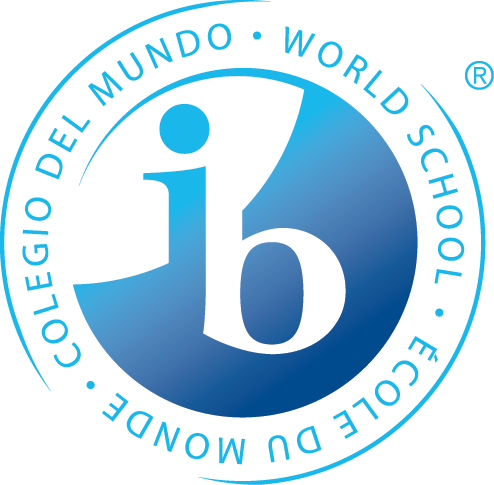2021

Library
The children are timetabled weekly, to borrow books from the Library with their classroom teachers. During these borrowing sessions, they will gain a better understanding of Library locations and the borrowing/returning procedures. The focus will be on reading for enjoyment, interest and information. The children will have the opportunity to consolidate their literacy skills and further their development in literature appreciation.
The Library program also supports and extends the Units of Inquiry being studied in each year level and provides classrooms with resources to enrich the units, offering varied forms of information.
Visual Arts
The Term 1 Unit of Inquiry is called 'Abstract Art', which integrates with the Transdisciplinary theme - 'How We Express Ourselves'. The Unit focuses on the Cubist and Futurists who looked at change in time and simplifying shape to present ideas in a new way. The Artists to be explored are Mondrian, Picasso, Matisse, Arp, Roger Kemp and Leonard French.
Students participate in:
- Rotating still life drawing. Students move around to draw a display of mechanical objects, detailing the shapes formed with colour. Inspired by the Cubist works of Picasso, they use observational skills to capture the connection in the still life through the use of line, shape, colour and tone.
- Ceramic relief sculptures inspired by the works of Jean Arp. Applying the use of ceramic technique, looking at shape, form, balance and composition.
- The design and construction of an Abstract printing plate and the resulting prints. Inspired by the works of Roger Kemp and Leonard French, they will demonstrate design skills through exploring line, pattern and balance.
Physical Education
Team Building Activities and Parachute
Throwing and Catching Strategy Games
Modified Cricket Activities and Cricket Clinic
Focus: Working together as a group showing integrity and cooperation with others. Demonstrating good communication skills with each other.
- Refine the Fundamental Motor Skills of throwing, catching and striking previously learnt, and perform these motor skills in various Cricket and T-Ball games and activities.
- Introduction of basic strategies.
Concepts: Responsibility - Children need to be aware of their responsibilities within the class and acting responsibly during activities.
Learner Profile: Discussion with the children about Learner Profiles demonstrated during the lesson. Children identify peers that demonstrated a particular Learner Profile.
Japanese
Concepts
- Responsibility
- Form (structure, pattern)
- Perspective ( point of view of others)
- Connection (relationship network)
Holiday stories
Describe my holiday stories using KEIYOSHI (adjective) Eg. おかしい!(It is funny!)
Essential agreements in Japanese room. Spell the agreements in HIRAGANA characters. Eg. てをあげます(Put your hand up before you speak.)
Greetings in Japanese room. (こんにちはHello, さようならGoodbye, おはようGood morning, またね See you, ありがとうThank you, ごめんなさいI am sorry, etc)
Classroom instructions in Japanese. Eg. がんばって、じょうず!(Well done!)
Numbers in Japanese. 1-50
Spell the numbers in Kanji characters Eg. 九、十三、四十一、五十
- Hiragana / Katakana / Kanji characters
- Let’s spell my name and grade in Japanese.
- HINAMATSURI (dolls festival)
- How do Japanese celebrate the festival?
- Japanese body language
- SETSUBUN (bean-throwing festival)
- How do Japanese people celebrate the festival?
- Japanese songs and dance
Music
Transdisciplinary Theme: How We Express Ourselves
Central Idea: People express themselves through different forms of communication.
Students will:
- Revise knowledge of traditional Western notation
- Explore the concept of ostinato through movement, individually and in pairs and groups, without verbal communication
- Explore the concept of ostinato through voice, individually and in pairs and groups, without verbal communication
- Explore the concept of ostinato through body percussion, individually and in pairs and groups, without verbal communication
- Create a group performance piece showing an understanding of ostinato







